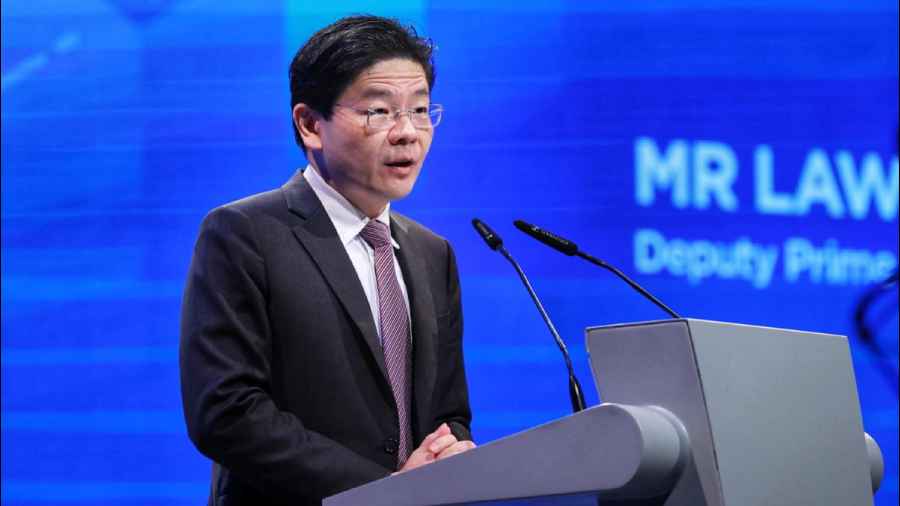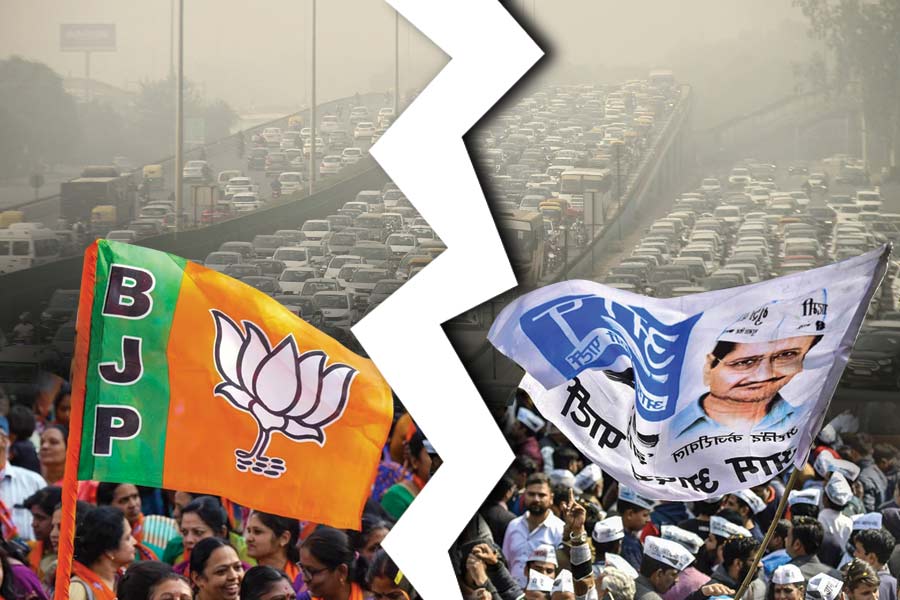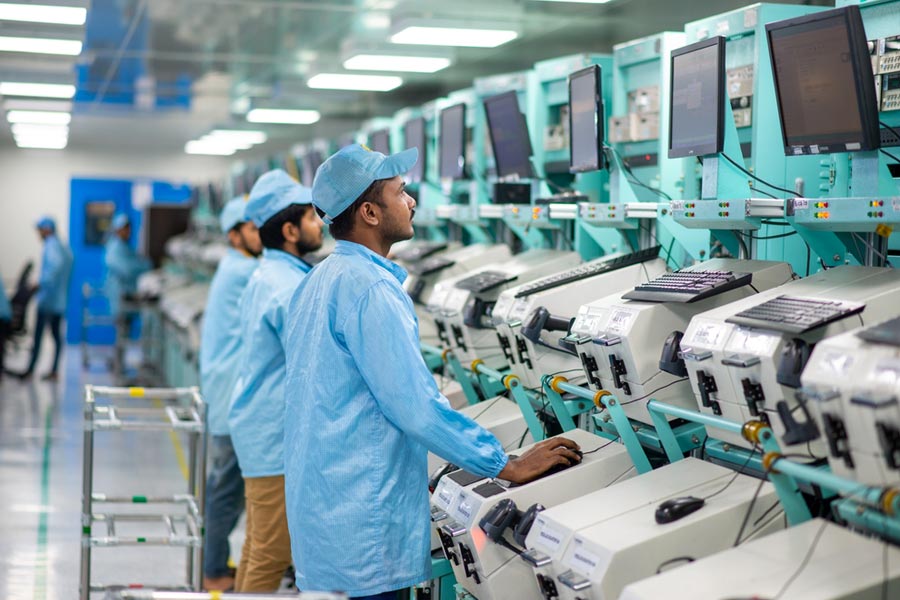The Singapore government's review of its pandemic response has said that it could have better managed the outbreak of the disease in crowded dormitories housing foreign workers, border measures and contact tracing and the transition to endemic COVID-19, a media report said on Wednesday.
These were among the conclusions of a White Paper on the government’s review of its pandemic response published by the Prime Minister’s Office.
Speaking to reporters after the release of the report, Deputy Prime Minister Lawrence Wong said COVID-19 has been “a very complex and wicked problem on a grand scale”, requiring the government to operate in the “fog of war”.
“We made our best judgment at that time, but of course, with the benefit of hindsight and what we know today, we probably could have handled certain situations differently," he said.
Six areas where the Government could have done better were identified, including the outbreak in migrant worker dormitories, border measures, contact tracing and the transition to endemic COVID-19, Channel News Asia reported.
The White Paper drew on a review conducted by the former head of civil service Peter Ho, which included interviews with ministers and civil servants.
“It could have possibly been a major disaster for us. But fortunately, with the help of the SAF (Singapore Armed Forces), everyone working very hard, we were able to manage the situation and keep our dorm workers safe,” Wong was quoted as saying by The Straits Times newspaper.
Wong who co-chaired the multi-ministry task force set up to tackle the pandemic said that it was tough to distil such a complex crisis into one or two things.
"But if we look overall at the experience, vaccinations were clearly such an important way out of this pandemic, for the world and for Singapore,” said Wong.
The first dormitory case in the country was detected on February 8, 2020, not long after the very first COVID-19 case in Singapore on January 23.
According to the review, the Government lacked a consolidated picture of migrant workers who may have sought treatment for acute respiratory infection symptoms from different service providers, including non-governmental organisations, it said.
But the virus spread like wildfire in the migrant worker community, forming clusters that threatened to spiral out of control. There were also concurrent clusters in various places, including nursing homes, according to the report by The Straits Times.
The 2020 outbreak in migrant workers’ dormitories, for one thing, nearly did Singapore in, according to the White Paper on Singapore’s response to the pandemic.
By the end of that year (2020), nearly half of the roughly 300,000 migrant workers residing in dormitories had caught COVID-19.
However, many never showed any symptoms and were found to have had past infections only through serology testing to detect antibodies formed after infection.
There were only two fatalities, it said.
Foreign workers, including Indians, employed in labour-intensive industries including construction sites with large-scale public housing developments were locked into the dormitories as part of the country’s shutdown.
Though life is slowly returning to normal in the city-state, its massive projects depending on foreign workers have been delayed and are now trying to catch up for completion.
It was only in June 2022 that migrant workers no longer needed an exit pass to visit most areas, and the long period of confinement had taken a toll on their mental well-being, according to the Singapore daily report.
Deciding when and how to relax movement restrictions on the workers was a difficult judgment call, the Government said in the White Paper.
It could have eased some of the restrictions earlier, especially after most of the workers had been vaccinated and boosted, but there was fear of a high reinfection risk, given the communal living arrangements in the dormitories.
“We should have probed deeper and conducted better and earlier ground surveillance, such as by doing dip-stick testing on sample populations to make the most of limited testing resources,” it said.
The Ministry of Manpower has since set up a new primary healthcare system for migrant workers, with clinical teams equipped with multilingual translation capabilities. While it did well in protecting lives and livelihoods, the nation’s journey towards living with the virus was fraught with challenges.
With one of the highest COVID-19 vaccination rates in the world, Singapore had its ticket out of a terrifying crisis that has claimed more than 6.6 million lives globally.
The overall COVID-19 case fatality rate in the nation is also one of the lowest in the world, at less than 0.1 per cent, compared with an average of about 1 per cent worldwide.
“And, overall, our whole vaccine strategy, from procurement to the rolling out of the vaccines, to the communication to actually delivering jabs to people, I think we have generally done well, and that has enabled us to get through this pandemic,” The Straits Times quoted Wong as saying.
“The only way a small country like Singapore could gain timely access to the vaccines was to sign advance purchase agreements and make early down payments on the most promising candidates,” it said.
Vaccination centres were also set up in a matter of weeks, among other moves aimed at facilitating the vaccination roll-out to the entire population.
To prevent the country’s healthcare system from being overwhelmed by the surge in cases, the Government announced a Singapore-style lockdown - known as a circuit breaker - in early April 2020.
Had the infection spilled over into the wider community, Singapore could have experienced a devastating surge of infections which would have overwhelmed the healthcare system, leading to catastrophic mortality rates, the paper noted.
And the economy would have suffered even more, with a significant portion of workers out of action.
“The purpose of this review is not so much to pass judgment on but to learn. To learn and to ask ourselves, from all these experiences, how can we be better prepared when the next pandemic comes?” Wong was quoted as saying.
Except for the headline, this story has not been edited by The Telegraph Online staff and has been published from a syndicated feed.











